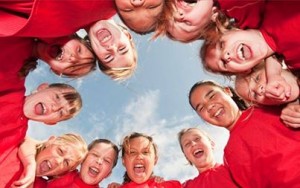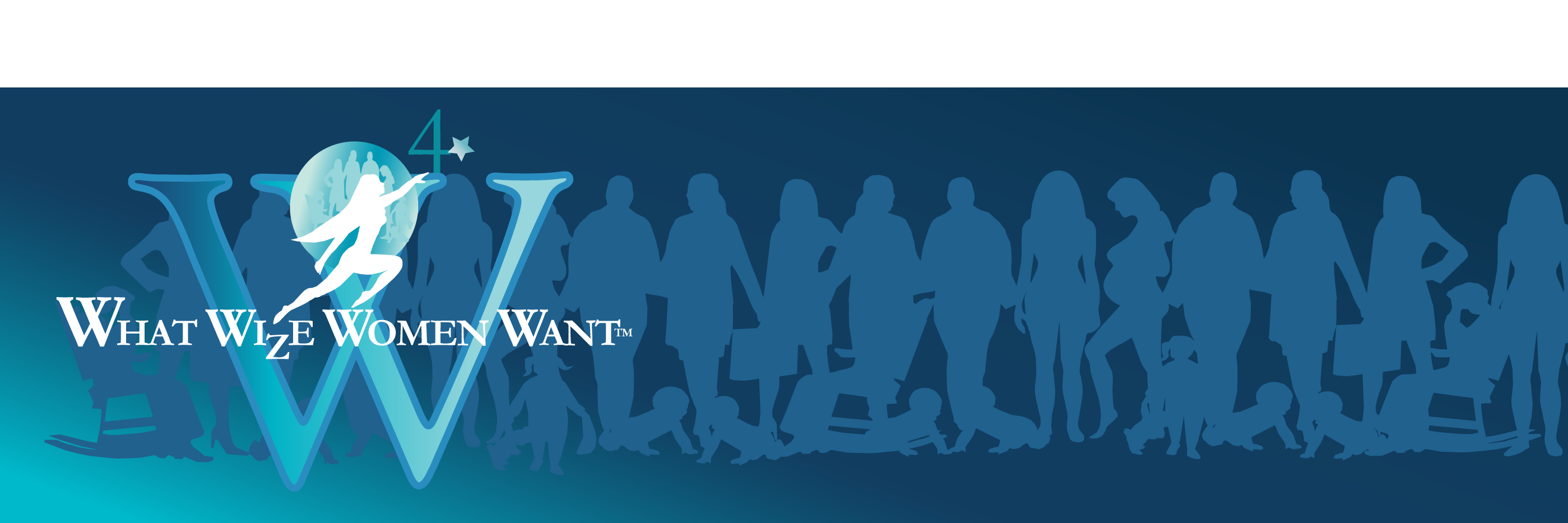 As the population increases, as a measure to identify children by grouping them into age and developmental groupings, there has been a rather widespread movement toward reorganizing the grade-level patterns of schools with a major emphasis on change in middle years. This has resulted in a new grade organization called the ‘middle school’.
As the population increases, as a measure to identify children by grouping them into age and developmental groupings, there has been a rather widespread movement toward reorganizing the grade-level patterns of schools with a major emphasis on change in middle years. This has resulted in a new grade organization called the ‘middle school’.
Largely from 1890-1920, the formulation of the junior high school took place.
In 1918, the Commission on the Reorganization of Secondary Education recommended that a junior high school be established which would offer both college preparatory courses and exploratory courses in fine arts and practical arts. Educators later hoped that the junior high school could bridge the gap between child-centered elementary school and subject-centered high school by providing a variety of exploratory experiences along with proper guidance and counseling. Although these were sound objectives, much of the evidence indicates that they were not achieved. The changes in physical growth along with psychological implications that take place during the crucial years between childhood and adolescence are unlike anything experienced throughout life. Middle schools, according to the last ten years of research, haven’t successfully demonstrated the needs, abilities and stages of this, as coined by Donald Eichhorn, period of transescense.
Rather than having children reaching puberty as the oldest members of the school community (elementary school) or as a natural part of the peer pre- pubescence community, the middle school child became isolated from either age group, an island unto itself. It is imperative that children of this age group feel a sense of community, belonging and not merely to peers for personal and community identity to formulate. Either as models for younger children to follow, or modeling agents themselves to senior peers in high schools, middle school youths have become lost. At a time in development stages when the rights of passage are imperative, society has removed and isolated these youths unlike ancient cultures whose elders teach teens the rules and rituals of society. There is no cultural Right of Passage from any stage of development in this culture. American pre-teens are floundering. Solace is found in mostly anti-social behavior and bonding with peers rather than transitioning to the grown-up world. This floundering reflects itself in the experimentation of drugs, alcohol and sex and/or societal misconduct.
Maria Montessori said the adolescent years were for ‘being born an adult’. Puberty is such a period of conflict because it is the moment when a child follows the dictates of the stirring of the soul in conflict with the raging hormones and body changes. Anthropologists have explored the ways different cultures prepare their young for adulthood and in most cases, the community preplans the event. In this country, communities only pre-plan to punish adolescents who break laws. Compassionate Rights of Passage are absent in our culture. Perhaps teens need a ‘birthing team’ with a coach who is a confident, trusted, naturally helping adult; a helping peer, an elder and other adult members of the community would comprise the team assisting the child to adulthood. Of course, the most gratifying coach ought to be the parent. But parents are too caught up with the materialism of the world, the fast-forward, hustle and bustle, with little time to realize the need for such rituals for children and youths.
The purpose of the team is to ‘birth a grown-up’. (The word ‘grown-up’ is preferred here because the term ‘adult’ reminds one of ‘adulterated’. Psychologically and subliminally, ‘grown-up’ best represents the process here). The team will assist the child through the transition period. The child will become the focal point of care. The child’s needs determine what specific details the team will follow and the adolescent will receive models of grown-up maturity. The coach is responsible for keeping the team on target in the spirit of love and acceptance. This is a wonderful rite of passage for the community, the child and the family.
Reassessing teen schooling and passage into the next phase of life is imperative for this nation to honor the transition process and teens that are floundering today.
